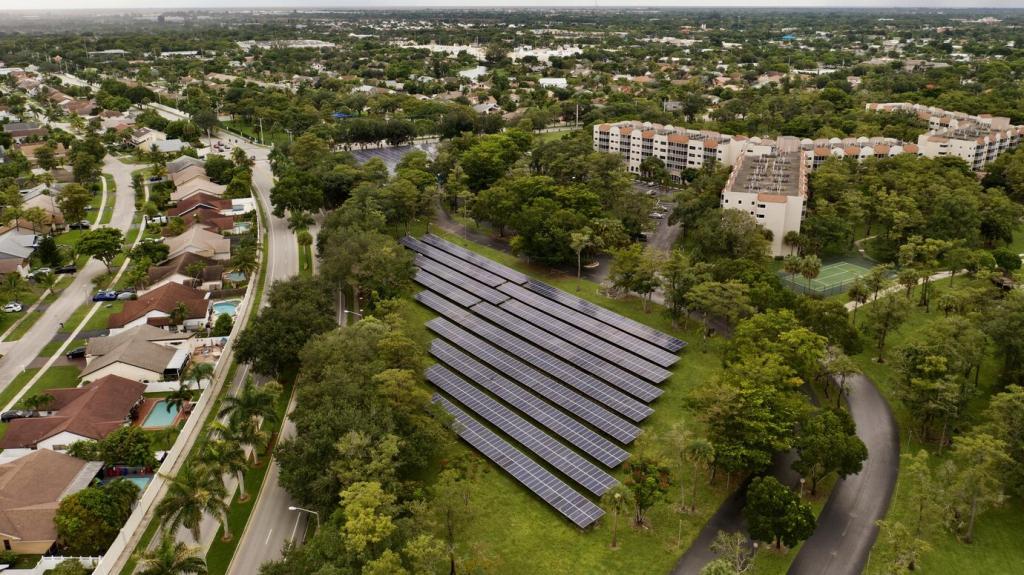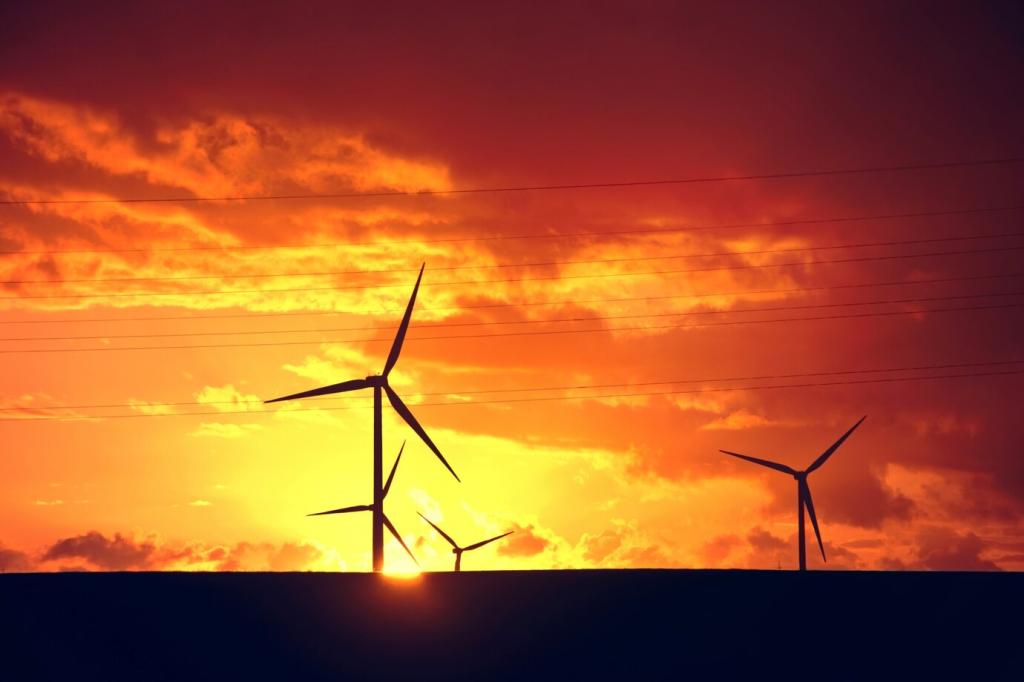Drone-Based Data Collection for Environmental Studies: Seeing Earth Anew
Chosen theme: Drone-Based Data Collection for Environmental Studies. Explore how agile UAVs turn fieldwork into precise, timely evidence, weaving stories from the sky into decisions on the ground. Stay with us, share your questions, and subscribe for fresh missions, methods, and community insights.

Why Drones Are Rewriting Environmental Fieldwork
Sensors that See the Invisible
Beyond pretty pictures, drones carry multispectral, thermal, and LiDAR payloads that reveal plant stress, moisture gradients, and structure. These instruments translate sunlight and heat into ecological stories. Tell us which sensor puzzles you most, and we will unpack it in an upcoming post.
Coverage at the Speed of Weather
When storms or blooms happen fast, drones launch quickly, mapping change in hours rather than weeks. That responsiveness is crucial for disaster assessment and phenology studies. Comment with your fastest turnaround tale and how it changed your monitoring strategy.
A Field Note: The Marsh at Dawn
At sunrise, a team lifted a quadcopter above a misty marsh and found warm signatures tracing hidden springs. It redirected a restoration plan and saved weeks of probing. Share your dawn discoveries or the conditions you chase for perfect data.
From Flight Plan to Insight: The Data Journey
Flight altitude, overlap, ground control, and wind all decide whether your mosaic is science-grade. Purposeful planning prevents stitching errors and scale mismatches. Download our upcoming checklist by subscribing, and tell us which planning step trips you up most.




Forest Canopies in 3D with LiDAR
UAV LiDAR penetrates gaps to estimate canopy height, biomass, and ladder fuels. Combined with ground plots, it strengthens carbon accounting. Have you attempted a canopy height model? Comment with your voxel size and lessons learned.

Wetland Health through Multispectral Indices
NDVI, NDWI, and red-edge bands track vigor, water extent, and stress. Seasonal flights reveal inflow changes and invasive spread. Subscribe for our wetland index guide, and tell us which bands your habitat depends on most.

Coastal Erosion, Measured in Footprints and Frames
Repeat shoreline surveys quantify dune loss after storms, informing setbacks and restoration designs. Community pilots can cover long beaches quickly. Share your coastal time-lapse stories and how you organize volunteers for safe, consistent missions.
Climate Signals from Low Altitudes

High-resolution reflectance maps reveal darkening from soot and dust, which accelerates melt. Repeat surveys align with ablation stakes for validation. Have glacier questions or photos? Post them, and we will build a community mini-gallery.
People, Policy, and Participation
Short, hands-on workshops on safety, flight basics, and data ethics create resilient monitoring programs. Local pilots capture change between research visits. Tell us where you would host a workshop, and we will prioritize community resources.

Safety, Law, and Longevity of Your Data
Know your national regulations, no-fly zones, and operations over people rules. Document permissions and carry copies in the field. What certification questions do you have? Ask below, and we will gather answers from seasoned pilots.
